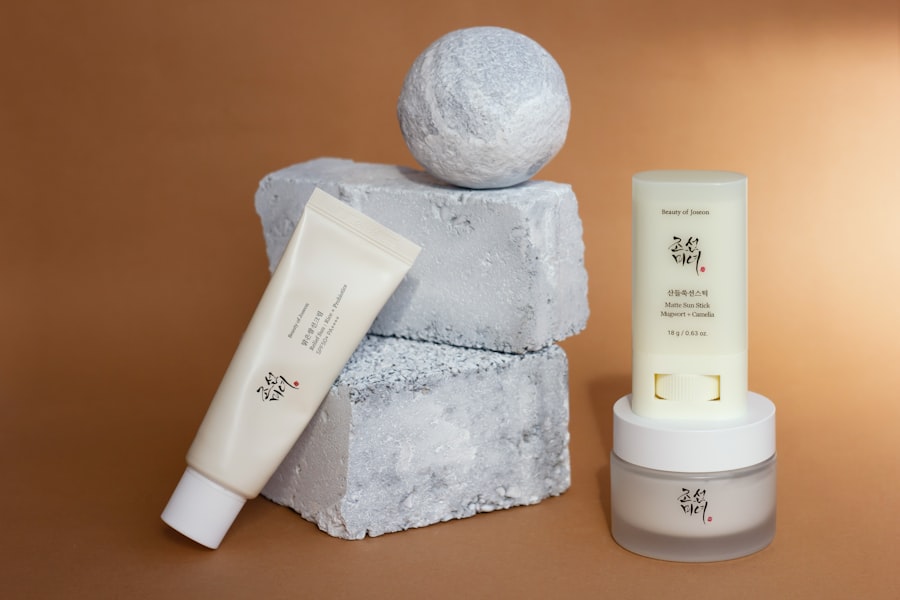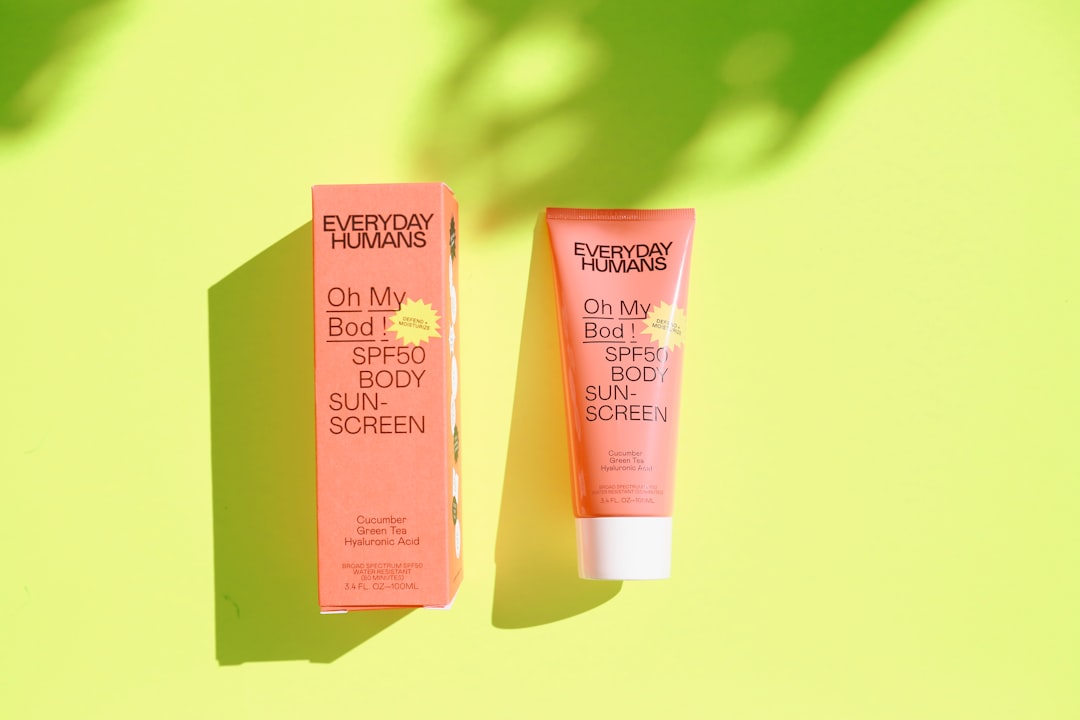As you step outside on a bright, sunny day, it’s easy to feel invigorated by the warmth of the sun. However, beneath that inviting glow lies a hidden danger that can have serious consequences for your skin and overall health. Prolonged exposure to ultraviolet (UV) radiation can lead to a range of issues, from sunburns to more severe conditions like skin cancer.
The sun emits two types of harmful UV rays: UVA and UVWhile UVA rays penetrate deeply into the skin and contribute to premature aging and wrinkles, UVB rays are primarily responsible for causing sunburn. Both types can damage your skin cells and increase your risk of developing skin cancer over time. Understanding the dangers of sun exposure is crucial for your long-term health.
The World Health Organization has classified UV radiation as a known human carcinogen, meaning it can cause cancer in humans. Skin cancer is one of the most common forms of cancer worldwide, and its incidence continues to rise. Even if you don’t burn easily or have a darker skin tone, you are still at risk.
The cumulative effects of sun exposure can lead to significant damage over the years, making it essential to take proactive measures to protect your skin every time you venture outdoors.
Key Takeaways
- Sun exposure can lead to skin damage, premature aging, and skin cancer
- Choose a sunscreen with broad-spectrum protection and at least SPF 30
- Wear protective clothing like long-sleeved shirts, wide-brimmed hats, and sunglasses
- Seek shade between 10am and 4pm when the sun’s rays are strongest
- Avoid tanning beds and be cautious around reflective surfaces like water, sand, and snow
Choosing the right sunscreen
When it comes to safeguarding your skin from the sun’s harmful rays, choosing the right sunscreen is paramount. With a plethora of options available on the market, it can be overwhelming to determine which product will best suit your needs. Look for a broad-spectrum sunscreen that protects against both UVA and UVB rays.
The American Academy of Dermatology recommends using a sunscreen with an SPF of at least 30, which blocks approximately 97% of UVB rays. If you plan to spend extended periods outdoors or engage in activities like swimming or sweating, consider opting for a water-resistant formula that maintains its effectiveness even when wet. In addition to SPF and water resistance, pay attention to the ingredients in your sunscreen.
Chemical sunscreens often contain compounds that absorb UV radiation, while physical (or mineral) sunscreens use ingredients like zinc oxide or titanium dioxide to create a barrier on the skin’s surface. If you have sensitive skin or are prone to allergies, mineral sunscreens may be a better choice for you, as they are less likely to cause irritation. Remember to apply sunscreen generously and reapply every two hours, or more frequently if you’re swimming or sweating.
This simple step can make a significant difference in protecting your skin from sun damage.
Wearing protective clothing and accessories
While sunscreen is an essential part of sun protection, it should not be your only line of defense. Wearing protective clothing and accessories can significantly reduce your risk of sun exposure.
Many outdoor clothing brands now offer garments specifically designed with UV protection in mind, often labeled with an Ultraviolet Protection Factor (UPF) rating. These clothes can help shield your skin from harmful rays while keeping you cool and comfortable. In addition to clothing, don’t underestimate the power of accessories in your sun protection arsenal.
A wide-brimmed hat can provide shade for your face, neck, and ears—areas that are particularly vulnerable to sunburn. Sunglasses with UV protection are also crucial for safeguarding your eyes from harmful rays that can lead to cataracts and other eye conditions. When you combine these protective measures with sunscreen, you create a comprehensive approach to shielding yourself from the sun’s damaging effects.
Seeking shade during peak sun hours
| Location | Peak Sun Hours | Shade Availability |
|---|---|---|
| Park | 12:00 PM – 3:00 PM | Limited, some trees and shelters |
| Beach | 10:00 AM – 4:00 PM | Umbrellas and beach huts available |
| Outdoor Pool | 11:00 AM – 4:00 PM | Shade from umbrellas and canopies |
One of the simplest yet most effective ways to protect yourself from sun exposure is by seeking shade during peak sun hours. The sun’s rays are typically strongest between 10 a.m. and 4 p.m., making this time frame particularly hazardous for unprotected skin.
If you have outdoor plans during these hours, try to find natural shade under trees or umbrellas whenever possible. If shade is not readily available, consider bringing along a portable sunshade or tent to create your own refuge from the sun. Planning your outdoor activities around the sun’s intensity can also help minimize your risk of overexposure.
If you enjoy exercising outdoors, consider scheduling your workouts for early morning or late afternoon when the sun is less intense. By being mindful of when and where you spend time in the sun, you can significantly reduce your chances of suffering from sunburn or long-term skin damage.
Avoiding tanning beds and artificial UV exposure
In today’s society, there is often pressure to achieve a bronzed complexion, leading many individuals to seek out tanning beds as a shortcut to achieving that desired glow. However, it’s essential to understand that tanning beds expose you to concentrated doses of UV radiation, which can be just as harmful—if not more so—than natural sunlight. The World Health Organization has classified tanning beds as a Group 1 carcinogen, indicating that they are known to cause cancer in humans.
Regular use of tanning beds significantly increases your risk of developing melanoma, the deadliest form of skin cancer. Instead of resorting to artificial tanning methods, consider safer alternatives such as self-tanning lotions or sprays that provide a bronzed appearance without the harmful effects of UV exposure. These products allow you to achieve a sun-kissed look without compromising your skin’s health.
Embracing your natural skin tone and prioritizing its well-being is a powerful statement against societal beauty standards that equate tan skin with attractiveness.
Being mindful of reflective surfaces

When you think about sun exposure, you might primarily consider direct sunlight; however, reflective surfaces can significantly increase your risk of UV damage without you even realizing it. Water, sand, concrete, and snow are all surfaces that reflect UV rays, intensifying their effects on your skin. For instance, if you’re lounging by a pool or at the beach, the water can reflect up to 80% of UV rays back onto your skin, increasing your chances of getting burned even if you’re sitting in the shade.
Being aware of these reflective surfaces is crucial for effective sun protection. If you plan on spending time near water or on bright surfaces like sand or concrete, ensure that you apply sunscreen generously and frequently—even if you’re not directly in the sun. Wearing protective clothing and accessories becomes even more important in these environments to shield yourself from reflected rays.
Checking your skin regularly for changes
Regularly checking your skin for changes is an essential practice that can help you catch potential issues early on. Familiarize yourself with your skin’s baseline appearance so that you can easily identify any new moles or changes in existing ones. Look for any irregularities in shape, color, or size—these could be warning signs that warrant further investigation.
The American Academy of Dermatology recommends performing self-exams monthly and scheduling professional skin checks annually with a dermatologist. If you notice any concerning changes during your self-exams—such as moles that itch, bleed, or change color—don’t hesitate to seek professional advice. Early detection is key when it comes to treating skin cancer effectively.
By being proactive about monitoring your skin’s health, you empower yourself to take control of your well-being and make informed decisions about seeking medical attention when necessary.
Knowing when to seek professional help
While self-exams are an important part of maintaining skin health, knowing when to seek professional help is equally crucial. If you notice any suspicious changes in your skin or have concerns about sun damage, don’t hesitate to consult a dermatologist. They can provide expert guidance on how to protect your skin further and recommend appropriate treatments if necessary.
Additionally, if you have a family history of skin cancer or other risk factors such as fair skin or frequent sunburns, it’s wise to schedule regular check-ups with a dermatologist even if you don’t notice any changes. They can perform thorough examinations and offer personalized advice on how best to protect your skin based on your unique circumstances. Remember that taking proactive steps toward maintaining your skin health is an investment in your overall well-being—one that pays off in the long run by reducing your risk of serious conditions related to sun exposure.
If you’re looking for more tips on skincare and beauty, you may want to check out this article on how to achieve flawless skin. This article provides valuable insights on maintaining healthy and radiant skin, which complements the advice of avoiding excessive sun exposure. Remember, taking care of your skin is essential for overall health and beauty.
FAQs
What are the dangers of excessive sun exposure?
Excessive sun exposure can lead to sunburn, premature aging of the skin, and an increased risk of skin cancer. UV radiation from the sun can also damage the eyes and weaken the immune system.
How can I protect myself from the sun?
To protect yourself from the sun, you can wear protective clothing, such as long-sleeved shirts and wide-brimmed hats, and use sunscreen with a high SPF. It’s also important to seek shade during the peak hours of sun exposure, typically between 10 a.m. and 4 p.m.
What are the different types of skin cancer caused by sun exposure?
The three main types of skin cancer caused by sun exposure are basal cell carcinoma, squamous cell carcinoma, and melanoma. Basal cell carcinoma and squamous cell carcinoma are more common and less dangerous, while melanoma is less common but more aggressive.
Can I still get vitamin D without going in the sun?
Yes, you can still get vitamin D through dietary sources such as fortified foods and supplements. It’s important to talk to your healthcare provider about the best way to maintain healthy vitamin D levels without excessive sun exposure.
Are there any benefits to sun exposure?
While some sun exposure is necessary for the body to produce vitamin D, excessive sun exposure can outweigh the benefits and lead to serious health risks. It’s important to find a balance and protect yourself from the harmful effects of the sun.







